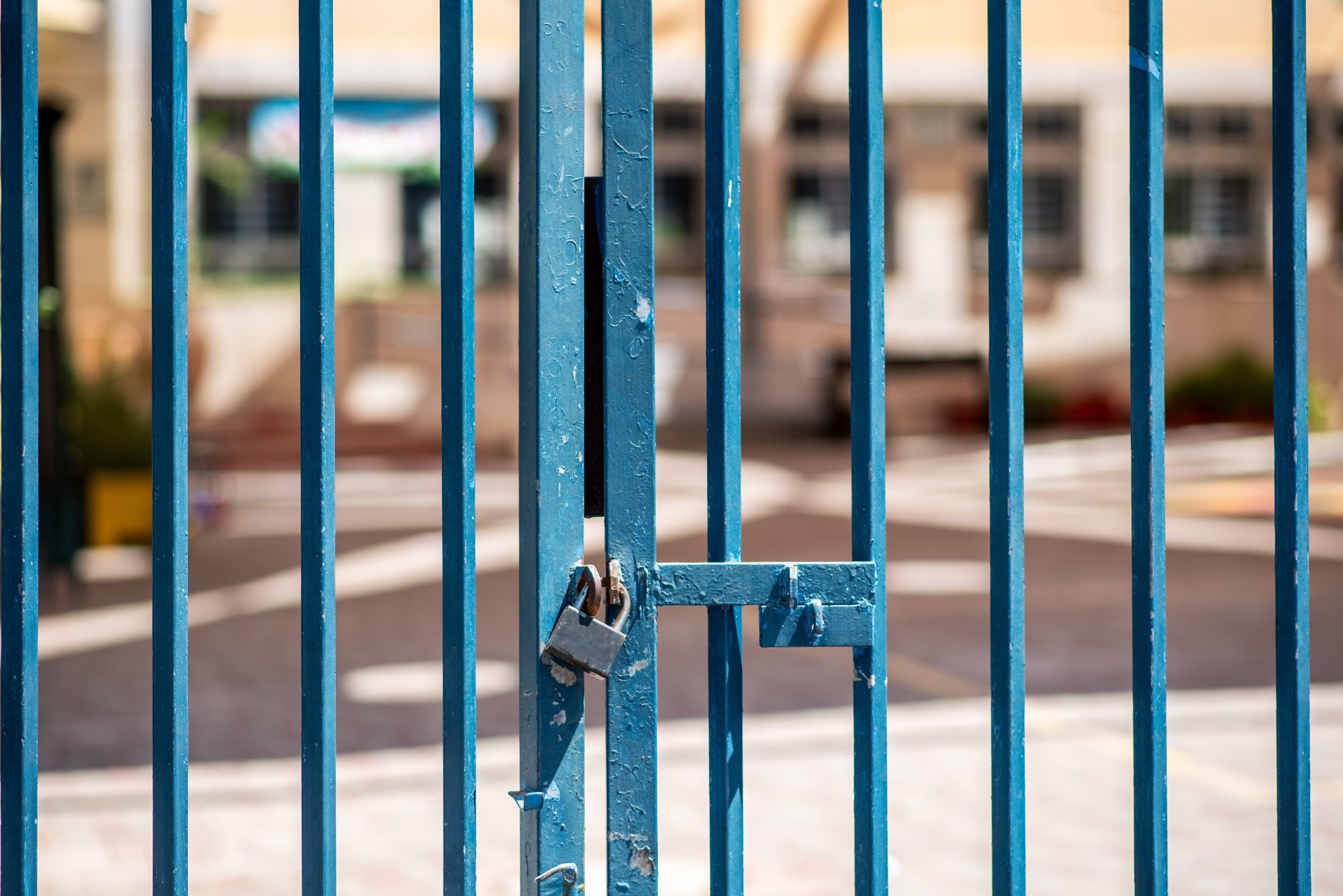In a recent study published in The Lancet Regional Health-Americas, researchers examined closures of United States (US) schools due to 11 influenza seasons between 2011 and 2022, determining the frequency and features of these closures.
 Study: School closures due to seasonal influenza: a prospective data collection-based study of eleven influenza seasons—United States, 2011–2022. Image Credit: Inna Reznik/Shutterstock.com
Study: School closures due to seasonal influenza: a prospective data collection-based study of eleven influenza seasons—United States, 2011–2022. Image Credit: Inna Reznik/Shutterstock.com
Background
School closures are critical for avoiding influenza transmission and are often enforced ahead of time during severe pandemics. However, reactive, unforeseen closures occur every year during seasonal outbreaks.
A study conducted in 2009 found that around 2,000 schools closed during the fall wave. Existing data underscores the necessity of identifying and managing unforeseen school closures during pandemics, which reflect nationwide influenza activity.
About the study
In the current study, researchers analyzed seasonal influenza-related closures in US schools.
The researchers conducted a systematic daily web search from 1 August 2011 to 30 June 2022 to find public announcements of unanticipated school closings in the United States lasting ≥1.0 days. They selected those that listed influenza (Flu) and influenza-like illness (ILI) as reasons for closure.
They analyzed ILI-SC temporal trends and compared them to reported outpatient ILI-related healthcare visits. They excluded coronavirus disease 2019 (COVID-19)-related school closings. They extracted particular contributing elements from every ILI-SC announcement.
The team described a multi-year trend of ILI-associated school closings in the United States from 2011–2012 to 2021–2022, focusing on the temporal and geographical relationships between ILI-associated school closings and regular surveillance information on influenza and ILI requiring medical attention at the regional and national levels.
They additionally examined the pattern changes between data obtained before COVID-19 and data collected during the pandemic years.
The researchers analyzed two types of publicly accessible data: school information and the National Center for Education Statistics' Common Core of Data.
They used publicly accessible information on district- and school-level characteristics from the National Center for Education Statistics (NCES) Common Core of Data (CCD) and the Private School Universe Survey (PSS), which revealed high coverage rates for conventional private schools. The researchers subsequently stratified districts by schools for ILI-SCs at the district level.
The team collected publicly accessible surveillance information on seasonal influenza activities, including weekly US Department of Health and Human Services region-specific and national data on the percentage of medical provider visits in outpatient departments for influenza-like illness (ILINet) across the United States.
They also collected national laboratory-verified influenza-associated hospitalization data for pediatric and adult individuals (FluSurv-NET) from 13 US states.
They used descriptive statistics to examine the features, seasonality, length, and geographical distribution of ILI-SCs and their influence on school closures, comparing weekly occurrence patterns to seasonal influenza-related surveillance information.
Results
The study found that ILI-SCs occur annually in over 100,000 US schools, with the highest connections identified during influenza A (H3N2)-dominant seasons.
These incidents generally occur in Region 4 of the United States Department of Health and Human Services and disproportionately affect rural and low-income populations. From 2011 to 2022, 2,077 school closures were due to influenza/ILI, with the most common reason being increased absence among pupils and staff owing to sickness.
Over the 11-year research period, these occurrences resulted in an estimated 9,136 school closures, affecting four million pupils and 260,000 instructors.
Before COVID-19, schools in rural regions were significantly more likely to experience ILI-SCs than schools in cities and towns.
Schools with large student populations participating in the federal free or reduced-price lunch program had a higher closing likelihood. The timing of ILI-SC incidence nationally concerning outpatient ILI activity differed between influenza seasons.
The highest connections between ILISCs and national outpatient healthcare visits for ILI occurred over the three seasons of 2016–2017 to 2018–2019, dominated by influenza A (H3N2). Truncation in the prior and succeeding weeks resulted in reduced correlations.
In the two full school years after the start of the severe acute respiratory syndrome coronavirus 2 (SARS-CoV-2) pandemic, 2020-2021 and 2021-2022, 235 schools were closed as part of 58 ILI-SC incidents. All ILI-SCs in 2020–2021 were caused by ILI or COVID-19, with the 2020–2021 school year having the longest ILI-SCs.
Conclusions
The study found that seasonal influenza and ILI school closures are uncommon, and early notifications might improve influenza surveillance.
It offers situational awareness in real-time during severe outbreaks and tracks COVID-19-related closings of schools providing kindergarten through grade 12 education in the US between February 2020 and June 2022.
A multifaceted strategy, including enhanced immunization, improved ventilation, and prompt adoption of nonpharmaceutical therapies, should minimize ILI transmission before significant student absences lead to late reactionary school closures. The study also found that influenza-like disease epidemics occur regularly in the United States.